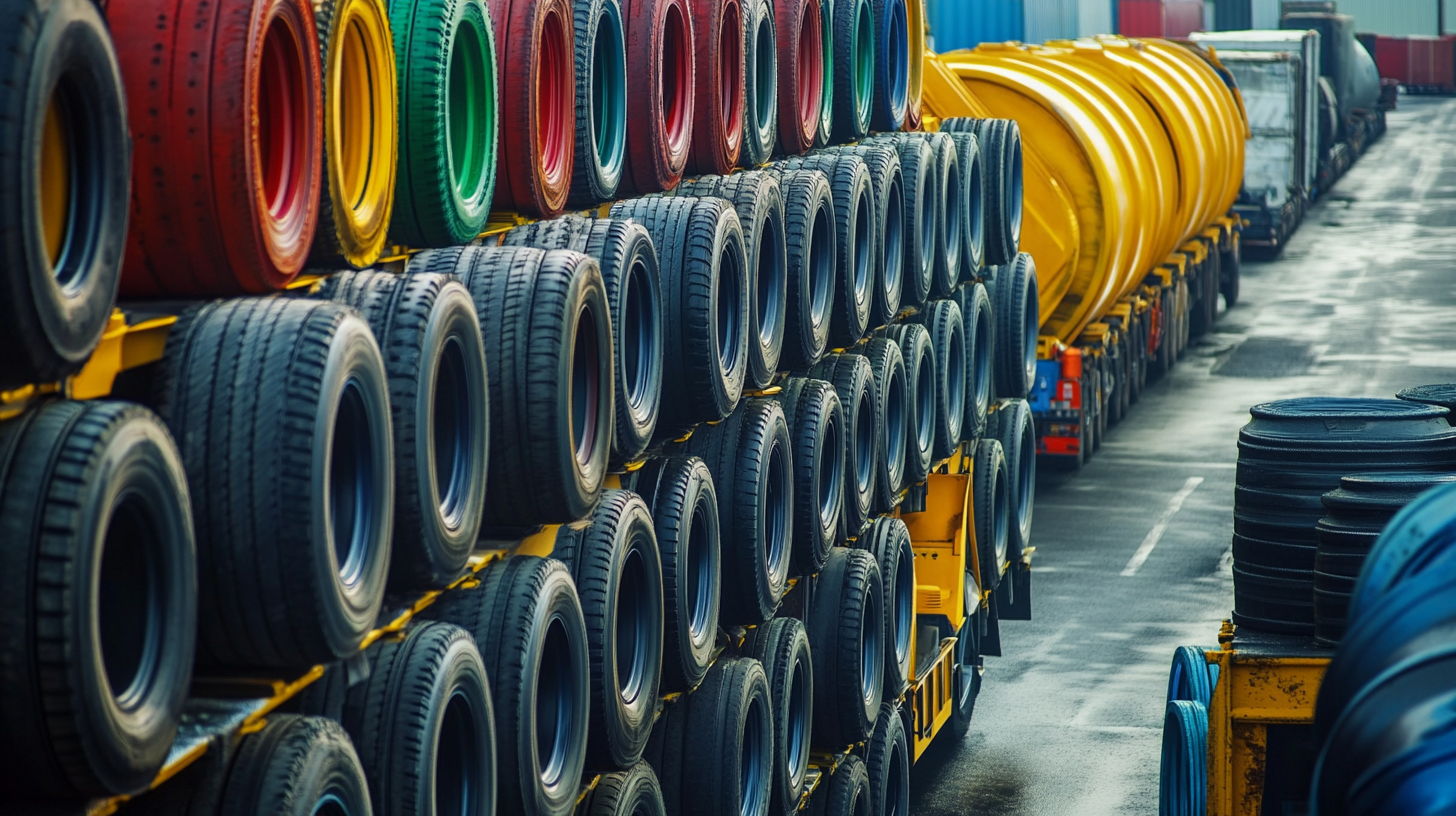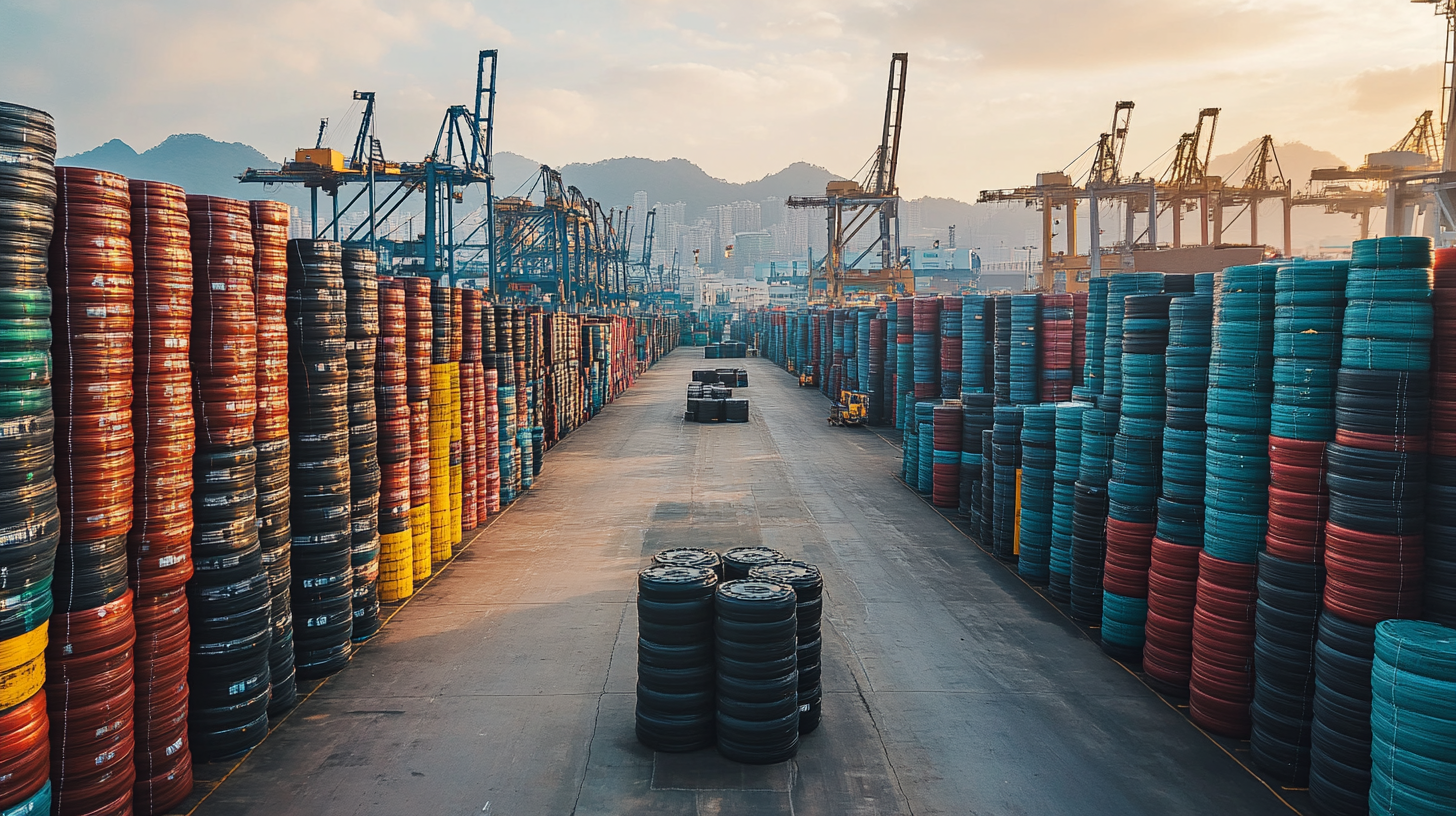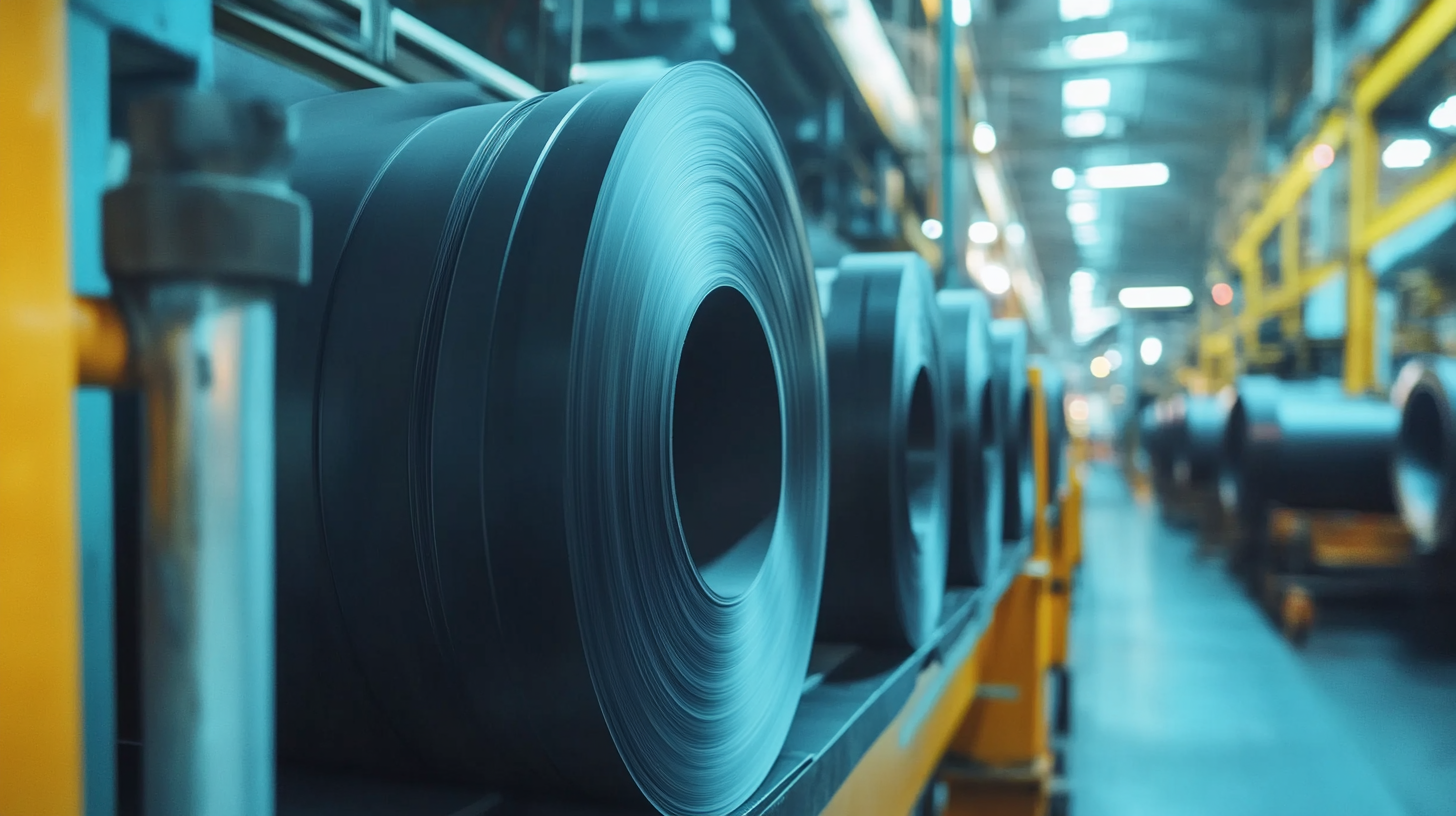Exploring Butyl Rubber Innovations Shaping Global Supply Chains in 2025
As the global market continues to evolve, the significance of innovative materials like butyl rubber has become increasingly apparent. By 2025, butyl rubber is set to play a pivotal role in transforming supply chains across various industries, thanks to its unique properties such as excellent impermeability to gases and outstanding resilience. The advancements in butyl rubber technology not only enhance product performance but also address pressing sustainability challenges, thereby influencing manufacturing processes and end-product longevity.
In this exploration of butyl rubber innovations, we will delve into how these developments are reshaping global supply chains. From tire production to medical applications, the versatility of butyl rubber is unlocking new avenues for efficiency and environmental responsibility. We will examine emerging trends, key players driving innovation, and the potential impact of these shifts on the global economy, ultimately showcasing how this remarkable material is set to redefine industry standards in the years to come.

The Rise of Butyl Rubber in Sustainable Manufacturing Processes by 2025
Butyl rubber, known for its excellent impermeability and flexibility, is experiencing a significant rise in sustainable manufacturing processes as we approach 2025. According to a report by MarketsandMarkets, the global butyl rubber market is projected to reach USD 4.8 billion by 2025, growing at a compound annual growth rate (CAGR) of 4.6%. This growth can be attributed not only to increasing demand in the automotive and consumer goods sectors but also to a notable shift towards eco-friendly production methods. The sustainable manufacturing revolution is propelling butyl rubber innovations to the forefront, as companies prioritize materials that contribute to a lower carbon footprint. A study from the International Rubber Study Group revealed that transitioning to sustainable practices in rubber production could potentially reduce greenhouse gas emissions by up to 30%. With advancements in bio-based butyl rubber and recycling technologies, manufacturers are now able to create high-performance products that meet both functionality and environmental standards. Furthermore, the rise in electric vehicle production is creating new opportunities for butyl rubber applications, especially in tire and sealing technologies. These innovations not only enhance energy efficiency but also align with global sustainability goals. As we move closer to 2025, the demand for butyl rubber will continue to evolve, driven by its sustainable attributes and the industry's commitment to greener practices.

Impact of Advanced Polymer Technologies on Butyl Rubber Production Efficiency
The landscape of butyl rubber production is undergoing a significant transformation, driven by advanced polymer technologies that enhance efficiency and sustainability. As we look toward 2025, innovations in polymer chemistry and manufacturing processes are not only boosting the output of butyl rubber but also improving its quality and versatility. New catalytic processes and improved compounding techniques are unlocking higher performance levels while reducing waste and energy consumption.
Moreover, the implementation of automation and artificial intelligence in production lines is streamlining operations, minimizing human error and maximizing throughput. These smart manufacturing methods enable real-time monitoring and adjustments, ensuring optimal conditions for polymerization and compounding. As a result, manufacturers can respond rapidly to market demands and fluctuations, thereby reinforcing supply chain resilience.
Another exciting development is the integration of bio-based feedstocks into butyl rubber production. Advanced polymers derived from renewable resources are paving the way for more sustainable practices in the industry. This shift not only meets rising environmental standards but also appeals to an increasingly eco-conscious consumer base. By embracing these innovations, producers are positioned to transform not just their operations but also the broader dynamics of global supply chains in the rubber industry.

Market Forecast: Butyl Rubber Demand Growth and Its Effect on Global Supply Chains
The global rubber market is poised for significant growth, with projections indicating an increase in market size from USD 51.75 billion in 2023 to an estimated USD 77.82 billion by 2030, according to a report by Maximize Market Research. This anticipated growth signals a rising demand for butyl rubber, a key material in various applications, including automotive and manufacturing sectors. As we approach 2025, innovations in butyl rubber production and processing are set to substantially influence global supply chains.
As industries look for sustainable and efficient materials, the demand for butyl rubber is expected to escalate, enhancing its role in supply chain dynamics. The innovative approaches within the butyl rubber sector not only promise better product performance but also address the growing need for environmentally friendly materials. The integration of advanced manufacturing technologies and sustainable practices is likely to reshape how butyl rubber is sourced and distributed, creating new opportunities and challenges in supply chains worldwide.
Moreover, with the projected boom in the phosphate fertilizer market, projected to reach USD 111.93 billion by 2032, the synergy between these two markets may further accelerate butyl rubber's demand. The resilience of supply chains in light of these market changes will depend on effective collaboration among manufacturers, suppliers, and end-users, establishing a landscape where innovation drives both quality and efficiency. The butyl rubber industry stands at a crucial juncture, ready to influence global supply chains while catering to the evolving needs of various sectors.

Innovative Applications of Butyl Rubber in Automotive and Aerospace Industries
The automotive and aerospace industries are witnessing transformative changes driven by innovative applications of butyl rubber. This unique synthetic rubber is renowned for its excellent impermeability to gases, making it an essential material in the design of fuel-efficient vehicles and advanced aerospace components. For instance, butyl rubber is increasingly used in tire manufacturing, where its low air permeability enhances tire performance and longevity. This advancement not only reduces the frequency of tire replacements but also lowers fuel consumption, aligning with global sustainability goals.
Additionally, butyl rubber’s versatility is capitalizing on emerging technologies in material science. In the aerospace sector, its application in inflatable structures, such as airbags and seals, showcases its ability to withstand extreme conditions while maintaining structural integrity. The growth of the reclaimed rubber market, projected to reach significant milestones by 2028, further indicates a shift towards more sustainable practices. Reclaimed butyl rubber can be recycled and used in these high-performance applications, promoting a circular economy in manufacturing practices.
As we move closer to 2025, butyl rubber's contributions to innovation will not only redefine product designs but also enhance the efficiency of global supply chains. Its performance characteristics are paving the way for more resilient and adaptive manufacturing processes in both the automotive and aerospace industries, ensuring these sectors remain at the forefront of technological advancement.
Challenges in Butyl Rubber Trade: Tariffs, Regulations, and Sustainability Initiatives
The butyl rubber market is facing significant challenges in 2025, notably due to tariffs and regulations that impact global trade dynamics. Countries aiming to protect their domestic industries are imposing tariffs on imported butyl rubber, influencing prices and availability. This trend requires manufacturers to adapt their sourcing strategies and explore new markets, potentially reshaping existing supply chains. Companies need to stay abreast of changes in trade policies to mitigate risks and maintain competitive advantage.
In addition to trade barriers, the industry grapples with increasing regulatory scrutiny. Governments worldwide are implementing stricter environmental regulations, necessitating compliance from manufacturers of butyl rubber. The push for sustainability in production processes is leading to innovations aimed at reducing waste and emissions. Companies are now more focused on developing eco-friendly alternatives while ensuring the longevity and performance of their products, creating a balance between profitability and environmental responsibility.
Sustainability initiatives are also becoming pivotal in shaping consumer preferences. As awareness regarding climate change grows, customers are more inclined to choose products made from sustainable materials. This shift is prompting manufacturers to revise their practices and invest in greener technologies. Collaborations across industries will be crucial for facilitating knowledge sharing and driving the adoption of sustainable solutions, ultimately transforming the butyl rubber landscape in the years to come.


